Understanding Weak Currencies – In Light of Pakistan’s New Economic Figures
Exchange rates are not a steady metric. In fact, they can change by the second. However, we see across major economies of the world, some, for a long period of time, have consistently had a currency worth less than their trading partners. Our own country Pakistan, is a good example of such a context. From barter to gold standards, the ending of the Bretton-woods agreement, and then the current exchange rate phenomena. Although we have achieved more flexibility in how a country can link its economic performance to its currency, there are multiple sensitivities that have plagued underperforming economies for decades, reinforcing many factors that devalue their currency.
This article intends to discuss the different macroeconomic factors that determine a currency’s strength or weakness in the long term and where Pakistan stands in the picture.
📢 Announcement: We're on WhatsApp – Join Us There!
Inflation and interest rates within the country:
Higher inflation leads to lower currency value, and lower inflation leads to higher currency value. This is simply because of the difference in purchasing power of the same amount of money in two different scenarios. The higher the prices in an economy for businesses and individuals, the lesser a given amount of cash is going to be useful for them in purchasing goods or services. Hence, the lesser the worth of that cash or that currency. High inflation coming from a slow economy pushes the demand for its currency downward with international trading partners. And lower demand means lower value.
Higher inflation typically coincides with higher interest rates. And so higher interest rates often come alongside a devalued currency. But there are some other factors that play a role here. If higher interest rates can attract more foreign capital, then the standalone impact on the exchange rate would be positive. While this is logical, it is rarely the case in the long run. Because in most cases consistently higher interest rates come in a situation where inflation is high, macro-economic dynamics are inefficient and there is financial and economic uncertainty in the country. Hence, even though the rates of return are higher for foreign investors the demand for such investment is low.
The country’s trade activity with foreign partners:
The value of a currency can be broken down to demand and supply associated with it like other discussions of macro-economics. The more the currency of a country is demanded the more it is in value and vice versa.
The demand of a currency is simply built by the economic output of the country it belongs to. If a country produces goods of 1. Higherquality and or or 2. Larger quantity and or or 3. Higher demand and or or 4. Higher value (As measured by the Terms of Trade which is a ratio of export price divided by import price), trade partners will eventually demand more of its currency (which means the country will be able to generate revenue in their own currency) and this will lead to currency appreciation. And if this continues to happen such that the country makes a significant surplus in trade (which means majorly exports value is more than imports) it will have a strong currency.
Don't miss:
- Which cars are driving the rally in auto stocks?
- 5 High ROE stocks according to Topline Securities
- Why TPLP could go higher.
The country’s handling of debt and dependence on foreign creditors:
There are three levels of how debt can impact a country’s currency value.
1. The level of debt it is bound to raise
2. The composition of that debt (as in locally or from foreign creditors)
3. The tightness of the situation in which it raises debt (is the country’s economy at high risk of default or is debt just a supporting factor).
If the country is not able to cover its expenditures from its own solid economic revenue (which leads to a current account deficit (lack of exports over imports) or fiscal deficit (lack of revenue from local sources like tax over expenses of the country)it would have to borrow money for their coverage. The larger the deficit the more the country must be in debt (point 1).
It is common for such countries to look for such loans from foreign sources (point 2) due to multiple reasons. In a low performing economy, prices are high, inflation is high, and so currency is weak. Hence, for foreign investors a given interest rate would pay off cash with lesser value in the future. And so this reinforces the lesser demand of the currency which had already come into play before increasing government debt. Now, the government will be increasing supply for its debt securities against already low demand for the country’s currency.
Lastly, in the background of a slow economy and deficits, the country could potentially face low credit ratings and uncertainty for which the demand of the currency (which means foreign reputation for investment or our ability to generate revenue in our currency) would decline.
The context of Pakistan:
Our export and import mix and reliance on remittances:
For Jul-May in FY25, Pakistan achieved a current account surplus of $1.81 billion. The only credit balance (positive net balance) out of the 4 components (goods, services, primary & secondary income) was from the secondary income. Most of which comes from remittances. They grew by 31% YoY in Jul-Apr and stood at $31.2 billion.Now, this is a positive YoY trend, but we have achieved higher remittances before as well.
Moreover, remittances do not represent economic growth or productivity within the country. This amount barely saves us from a current account deficit. Our C/A surplus is only 0.5% of our GDP that too based off of remittances. This tells something about the long-term weakness of our currency since it is not based on solid economic development.
The part that should come first in a trade discussion for C/As are imports versus exports. We still import more than we export, and imports increased more than exports in the PES analysis period of July-April YoY. Imports increased by 11.8% while exports increased by only 6.8%. Although growth from non-traditional contributing sectors like IT services and pharmaceuticals show some hope, the deficit continues.
A significant example of the fundamental issues that make the import-export situation tight is the reliance of the textile sector (55% export contributor) on imports or global supply chains. It in fact, links the string of export demand to higher imports. If we look at the petroleum sector, we export cheaper products (with less added value through the supply chain) and import much expensive items (that have high value and higher price) like LNG, refined petroleum products etc. Much less than oil but in food as well such unfavorable import and export differences exist. Along with inability to modify the export composition or supply levels of certain products as per global demand.
As per PBS’s most recent data, trade deficit in FY25 increased by 9% YoY. These factors speak volumes about fundamental problems with the whole structure of trade and have been impacting our trade accounts and hence, currency for multiple years.
Our reliance on foreign debt:
As per the most recent PES, Pakistan’s total public debt has increased by more than 90% in the last 5 years. A positive point to note though, is that in the period of Jul-Mar, 2025 the fiscal deficit was entirely financed from domestic sources. Around 68% of public debt was from domestic sources and 32% from foreign sources. Larger proportions of national debt reduce the currency risk that comes with debt financing.
However, it has been the case for a long time where 65%to 75% of our GDP runs on debt. While debt financing and foreign investment have their benefits, our stubborn debt burden highlights many other inefficiencies and mismanagement within our economy. In Pakistan, high interest rates have long persisted together with high inflation, a slow economy and many political uncertainties.
This makes; 1. the demand for investment and value of currency quite low, also, where financing is secured, it is quite expensive (or ends up becoming expensive due to currency shocks) 2. Much of the loans outstanding or funding do not achieve the purpose they are initiated for. Many infrastructure and business development plans stay stuck in place creating costs with no actual return to the country.
A great example of which is the excess energy plant capacity in Pakistan. 3. There is a lack of efficient policies to target the truly problematic, in fact structural elements of the larger problem which reinforces the whole cycle of dependence on external as well as domestic financing. This shows up as a lack of financial resources and planning to raise funds for local infrastructure and institutional development or a lack of effective tax policies and collection.
Our phase of recovery:
As of now, in the start of FY26, SBP forex reserves stand above $14 billion, an increase of more than $5 billion from the last fiscal year. This is their highest level since early 2018. And it also exceeds IMF’s June 2025 target under the ongoing $7 billion EFF. This development is based on slight improvement in exports, especially new IT service contribution and very importantly remittances. Now, Pakistan’s import cover stands at 2.5 months (the time up to which forex reserves of a country can cover its import needs) a huge turnaround from when Pakistan had come to the brink of default and the forex reserves could barely cover 3 weeks of imports.
The year end single digit inflation and lower interest rate figures highlight improvements in overall economic performance now moving into an expansionary phase. Pakistan has also secured an 1100 basis point improvement in default probability from 59 to 47% in June 2025 as per the data posted by Bloomberg Intelligence (CDS-implied probability).
End goal: strong reserves with a sustainable composition:
GDP growth has been targeted at 4.2% for the new year, from the much lower 2.7% of FY25. Going forward, the sustainability of this recovery phase and the achievement of this higher growth depend on continued inflows, fiscal discipline, and solid economic development. The debt and the debt servicing burdens remain significant. Multiple structural reforms and policy initiatives are still required at public and private business levels. It is, like always, crystal clear that it is not just an issue of unstable SBP reserves or PKR, but rather the continued underperformance of an otherwise much capable economy.
⚠️ This post reflects the author’s personal opinion and is for informational purposes only. It does not constitute financial advice. Investing involves risk and should be done independently. Read full disclaimer →

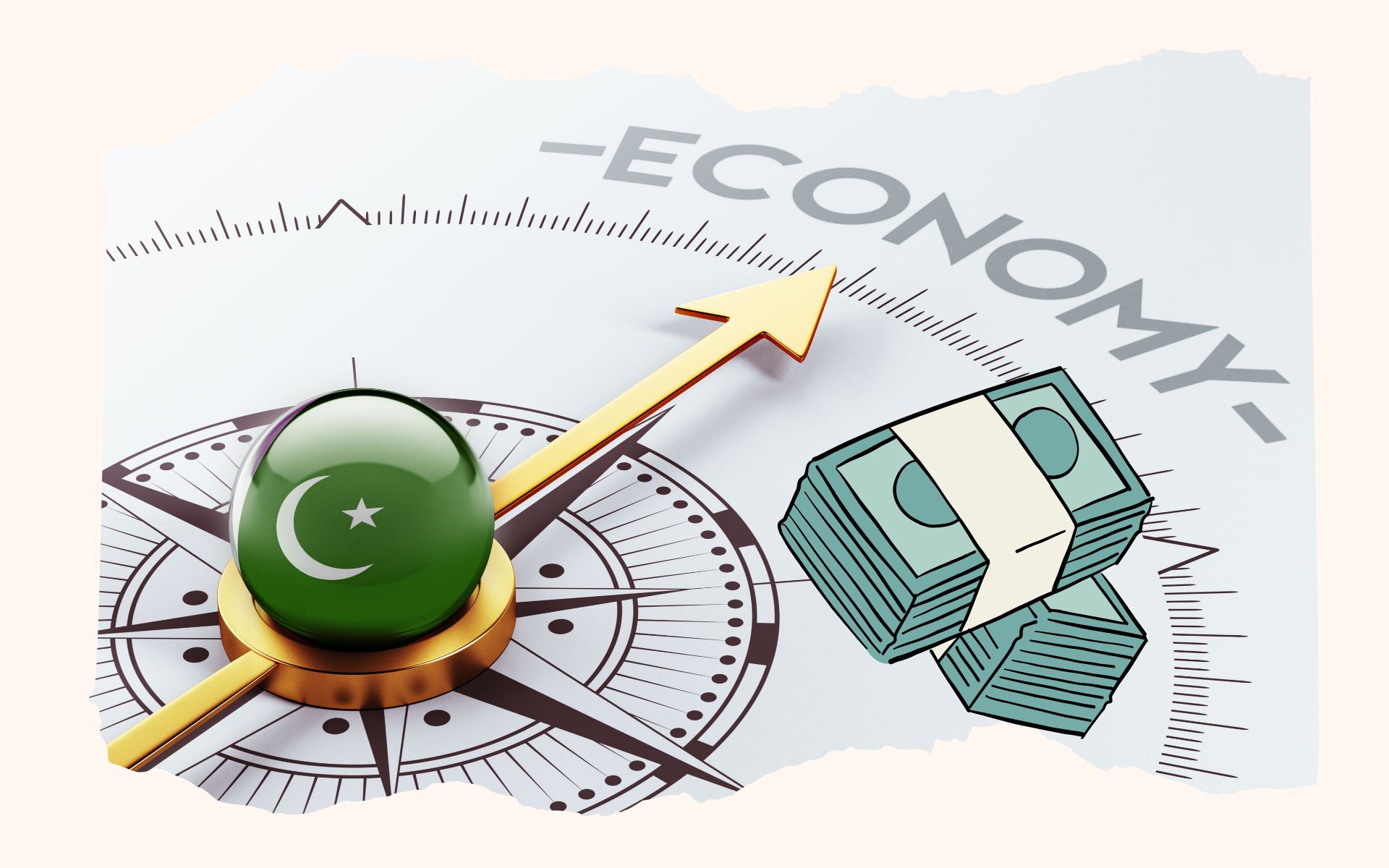




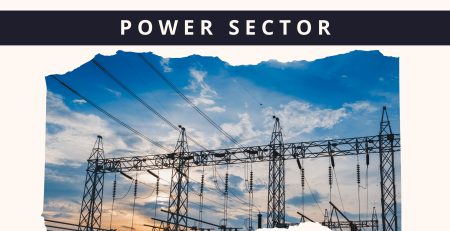

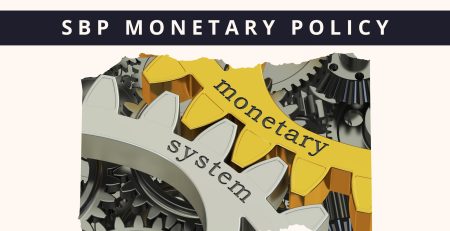
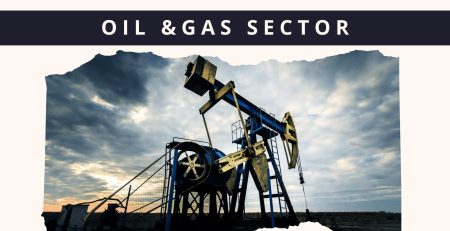

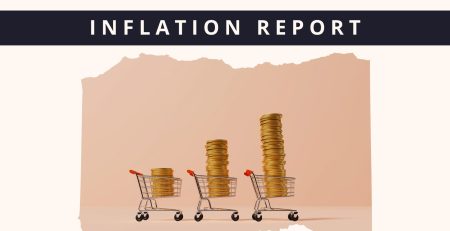

Leave a Reply